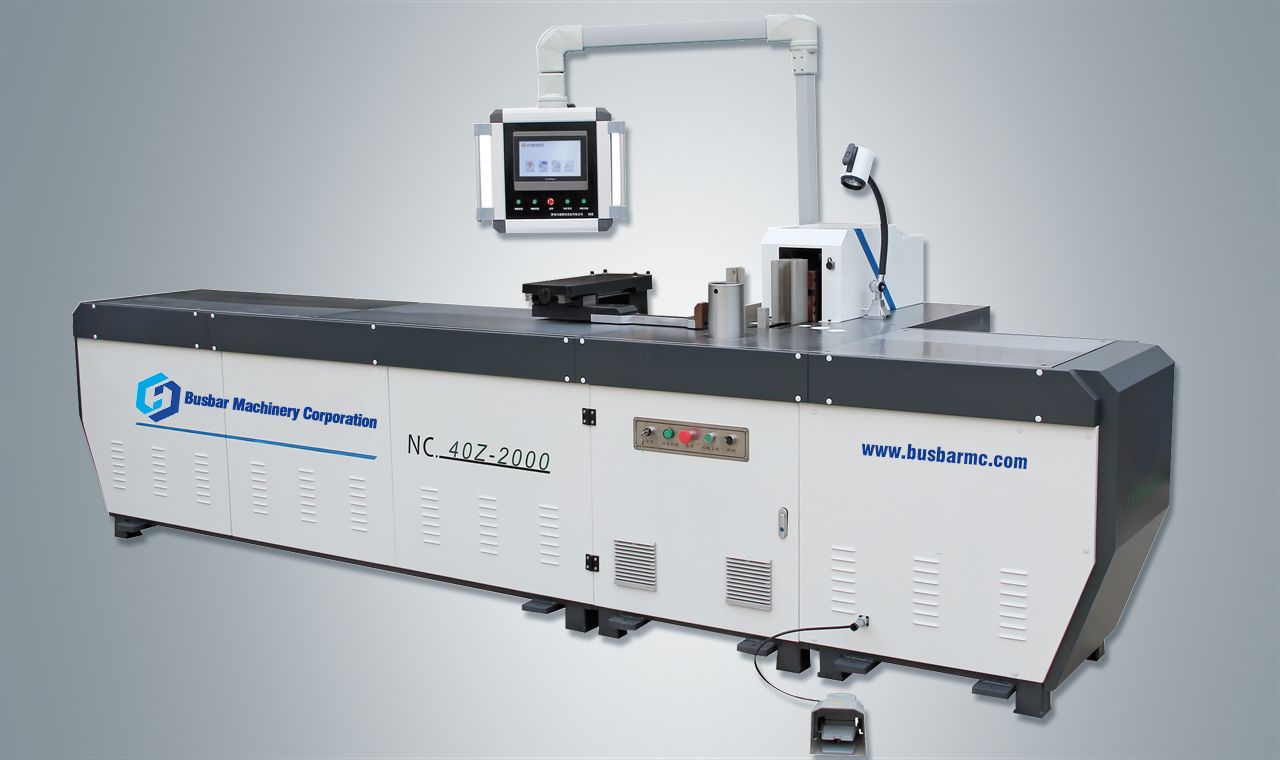Bending machines, often hailed as the unsung heroes of modern manufacturing, have revolutionized the way we shape and mold metal. These marvels of engineering combine power and precision to effortlessly manipulate metal sheets, tubes, and profiles into intricate and functional forms. In this article, we will delve into the world of busbar machine , exploring their diverse applications, the technology behind them, and their pivotal role in various industries.
Versatile Workhorses: Bending machines come in various forms, each designed for specific tasks. Press brakes, for instance, excel in folding metal sheets, creating crisp angles and bends with unmatched accuracy. Tube and pipe benders, on the other hand, gracefully curve tubes and pipes, ensuring the perfect arc for plumbing, construction, and even artistic endeavors. With the ability to handle materials like steel, aluminum, and even exotic alloys, these machines are the backbone of industries as diverse as automotive, aerospace, construction, and sculpture.
Precision at Its Core: At the heart of any bending machine lies a combination of hydraulic or electric systems and computer control. This integration allows for astonishing precision. Advanced algorithms calculate the precise force, speed, and positioning required to bend materials to the desired angle, resulting in minimal waste and maximum efficiency. The operator merely inputs the specifications, and the machine executes with unparalleled accuracy, reducing human error and increasing productivity.
From Prototyping to Mass Production: Bending machines are indispensable in the entire production spectrum. In prototyping, they aid in quickly shaping and testing designs without the need for expensive tooling. As a project advances to mass production, these machines take center stage, consistently churning out identical components, thereby ensuring product quality and meeting stringent deadlines. Whether it’s forming intricate car chassis components or crafting elegant stair railings, bending machines adapt to the demands of both small-scale artisans and industrial giants.


